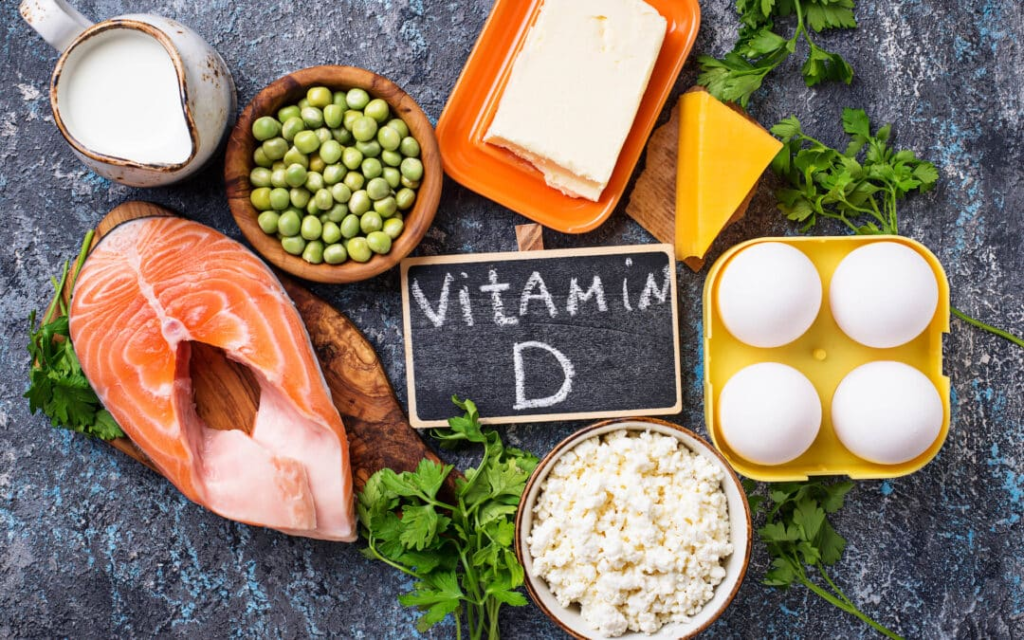#7 Common mistakes that affect Vitamin D absorption in the body.

Vitamin D plays a crucial role in maintaining overall well-being. Often referred to as the “sunshine vitamin,” it is synthesized in the skin upon exposure to sunlight and is also found in certain foods and supplements.
However, despite its importance, many people unknowingly make mistakes that hinder the absorption of this vital nutrient in their bodies. Here are seven common errors to be mindful of.
#1 – Inadequate Sun Exposure
One of the primary sources of Vitamin D is sunlight. However, spending too much time indoors or consistently wearing sunscreen can impede the body’s ability to produce an adequate amount of Vitamin D. Aim for around 10-30 minutes of sun exposure to the arms, legs, or back a few times a week without sunscreen to help boost Vitamin D levels.
#2 – Using Sunscreen Excessively
While sunscreen is essential for protecting the skin from harmful UV radiation and reducing the risk of skin cancer, its frequent and excessive use can hinder Vitamin D absorption. Consider balancing sun protection with brief periods of unprotected sun exposure to allow the skin to produce Vitamin D naturally.
#3 – Having Darker Skin
Individuals with darker skin tones naturally have more melanin, which acts as a natural sunscreen and reduces the skin’s ability to produce Vitamin D from sunlight. Therefore, they may require more sun exposure to meet their Vitamin D needs compared to those with lighter skin tones.
#4 – Neglecting Dietary Sources
While sunlight is the primary source of Vitamin D, it’s also important to consume foods rich in this nutrient, such as fatty fish (salmon, mackerel, tuna), fortified dairy products, fortified cereals, and egg yolks. Neglecting these dietary sources can lead to deficiencies, especially for those who have limited sun exposure.
#5 – Being Overweight or Obese
Vitamin D is a fat-soluble vitamin, meaning it is stored in adipose tissue (fat cells). Individuals who are overweight or obese may have lower levels of circulating Vitamin D because it gets sequestered in fat tissue, making it less available for use by the body. Maintaining a healthy weight can help improve Vitamin D absorption and utilization.
#6 – Age-Related Factors
As people age, their skin becomes less efficient at producing Vitamin D from sunlight, and their kidneys may become less effective at converting Vitamin D into its active form. Older adults may need more sun exposure and dietary intake of Vitamin D to maintain adequate levels.
#7 – Underlying Medical Conditions
Certain medical conditions, such as gastrointestinal disorders (e.g., celiac disease, Crohn’s disease), liver disease, and kidney disorders, can impair the absorption, metabolism, or synthesis of Vitamin D. Individuals with these conditions may require supplementation or medical monitoring to prevent deficiencies.
Ensuring optimal Vitamin D absorption is crucial for maintaining overall health and well-being. By being mindful of these common mistakes and taking proactive steps to address them, individuals can support their body’s ability to absorb and utilize Vitamin D effectively. Whether through sun exposure, dietary choices, or supplementation, prioritizing Vitamin D intake can contribute to better health outcomes in the long run.








